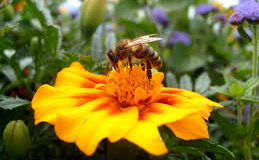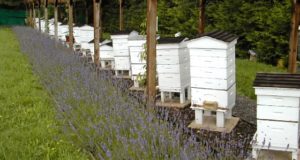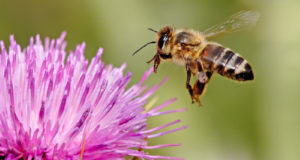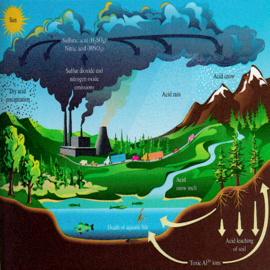
Relationships are inevitable for any living being whether it is an animal, a plant, a microscopic organism or a human being. Symbiotic relationships are relationships where two organisms of different species live and work together, each one of them benefiting from mutual cooperation. This term is generally used in biology for explaining the relationship between two entities that need each other to survive and prosper.
A common example for symbiotic relationships is that both the human as well as the animal kingdom is dependent on the oxygen produced by the plant kingdom. Conversely, plants depend on animals and humans for carbon dioxide to prepare their food. Another example of this relationship is that of the bee and the flower. Bees get nectar from flowers. Pollination also takes place when the bee flies from one flower to another. Some of the common symbiotic relationships include humans and cultivated plants, humans and domesticated animals, as well as small mammals and hypogenous fungi.
There are different kinds of symbiotic relationships. They vary according to the behavior and characteristics of the species. Each type of symbiotic relationship is given a separate name by ecologists. A relationship in which both the species benefit is called mutualism, usually referred to as a symbiotic relationship. The process in which only one species benefits whereas the other is unaffected is termed commensalism. Parasitism is a relationship in which one species benefits and the other is harmed. When neither of the species benefits, it is competition. The last category is neutralism, where both species remain unaffected.
Among the humans also you can see symbiotic relationships. Let us take the case of a venture capitalist and an entrepreneur. The capitalist needs investment opportunities provided by the entrepreneur. In the same way, entrepreneurs require investment capital, which in turn is offered by venture capitalists. In this way both parties benefit equally. Thus symbiotic relationships can be observed in any ecosystem, in one form or another.

Source by Kent Pinkerton
 Vitamin Agent The Health & Naturalistic Source
Vitamin Agent The Health & Naturalistic Source




